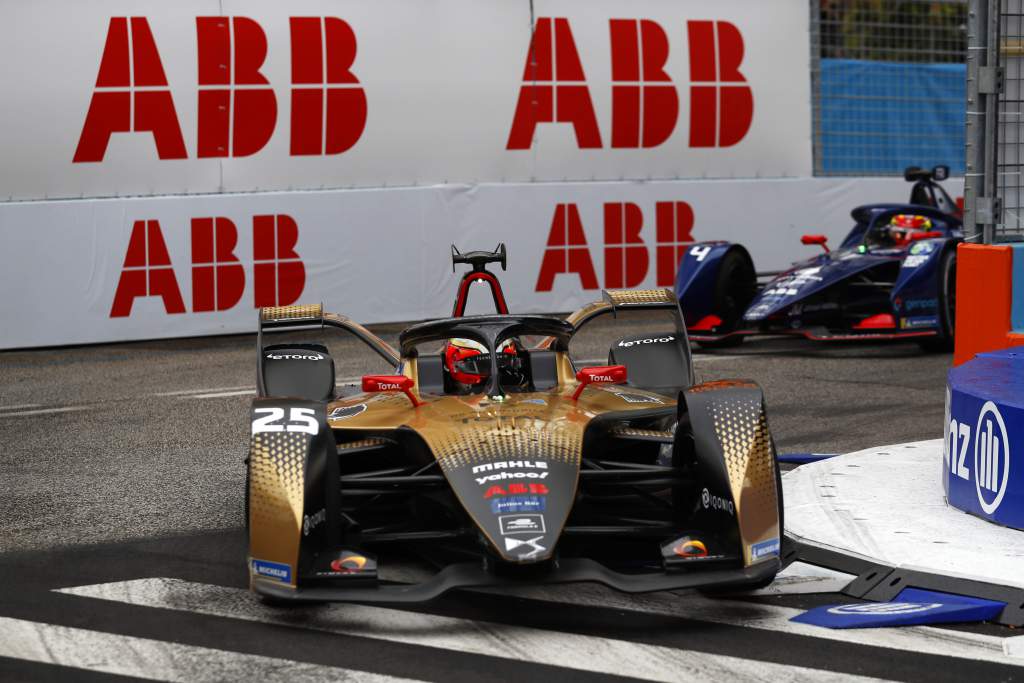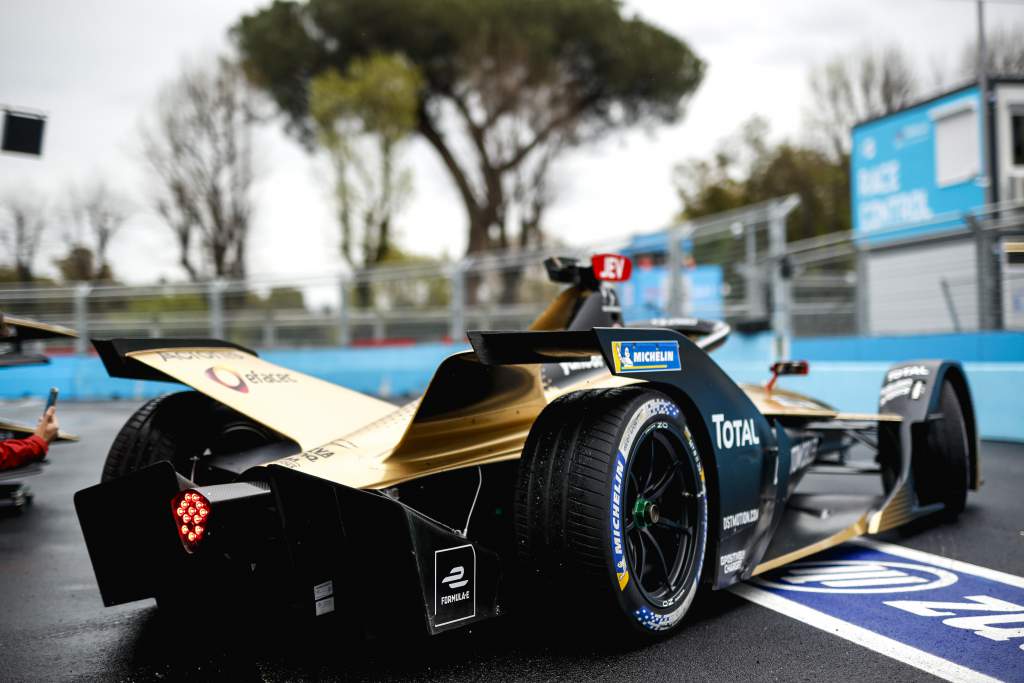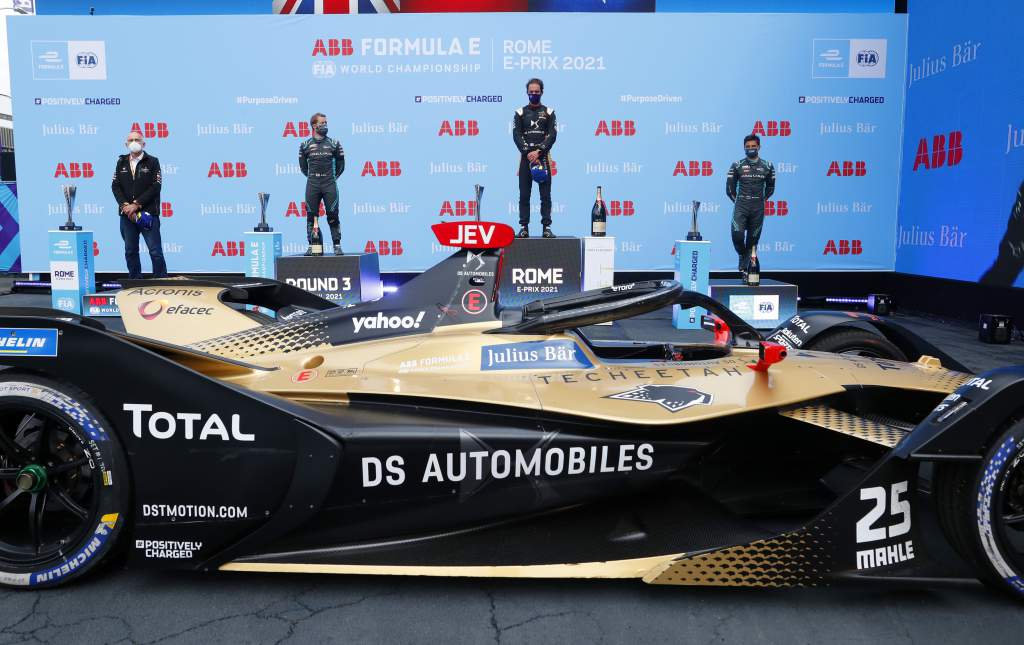The new DS Techeetah car, which won its first-ever Formula E race in Rome last week, has not yet shown the full range of its capability according to the driving force behind its creation.
New DS Performance director Thomas Chevaucher believes that the variable conditions in Rome and the uniqueness in range of the circuit configuration and vehicle dynamic challenges were not fully conducive to showcasing the DS E-TENSE FE21’s full attributes.

The work and effort to get the new DS E-TENSE FE21 into a winning proposition stretches back to the autumn of 2019, and it was actually first tested 10 months ago.
The gestation of the tech was elongated due to the first waves of the COVID-19 pandemic.
This resulted in a decision, taken last autumn, to homologate the car for the second slot, and instead contest the first races of the 2020-21 campaign with the title-winning DS E-TENSE FE20.
Chevaucher has told The Race that the unusually long period of time, 10 months from the first track test to its competitive debut, helped to get a forensic understanding on efficiency improvements and how to maximise them over a typical Formula E weekend.
“This powertrain and its birth, evolution and development goes back to 18 months since we first started to really work on the DS E-TENSE 21 project,” confirmed Chevaucher.
“Of course it was not an easy year [in 2020] and we had many options but we looked at all possibilities and all solutions to see what worked best for going racing this season.
“We decided to go later than most and we are pleased to have had this successful start.
“It was a lot of planning and development to get to this stage and we believe we can show a lot more from it.”

Chevaucher formally took over from the FIA-bound Xavier Mestelen-Pinon in February, although the outgoing director attended his final race weekend with the company in Rome.
But Chevaucher has spearheaded the design and development of the new powertrain since the end of 2019 and oversaw the first track test in late June of 2020 at the Calafat Circuit in Eastern Spain.
DS Techeetah’s current nearest rivals Jaguar and Mercedes were testing later but both are believed to have introduced their packages in stages rather than fully-formed. Jaguar first hit the track in July, while Mercedes ran in September.
The DS Techeetah squad works in a technically very particular fashion with a specific development team being headed up by experienced Citroen Racing engineer Thomas Gomis.
This is a separate standalone group of engineers and mechanics from DS Performance but works in conjunction with Techeetah personnel, mainly race director Leo Thomas and some performance engineers.
Additionally, vehicle dynamics specialist Adrien Siegfried is also integral to the development and has recently started to attend races in a presumed slot into Chevaucher’s former role as DS Performance technical manager.
While Jean-Eric Vergne’s win attracted the headlines last weekend, the team had a disappointing Sunday with a non-score for the double champion largely owing to struggles with the wet conditions in qualifying.

Team-mate Antonio Felix da Costa managed to get points for seventh place but Chevaucher explained that a lack of running in such conditions was always going to hamper the team to a certain extent.
The team has conducted the bulk of its running at Calafat, which does occasionally have artificial wet-weather capabilities for testing.
“We did a small amount of testing in wet weather but not so much,” said Chevaucher.
“But I think the issues we had this morning (Sunday morning) were not so clear why things happened like this for us. But for sure some more wet laps would have helped in many ways.”






